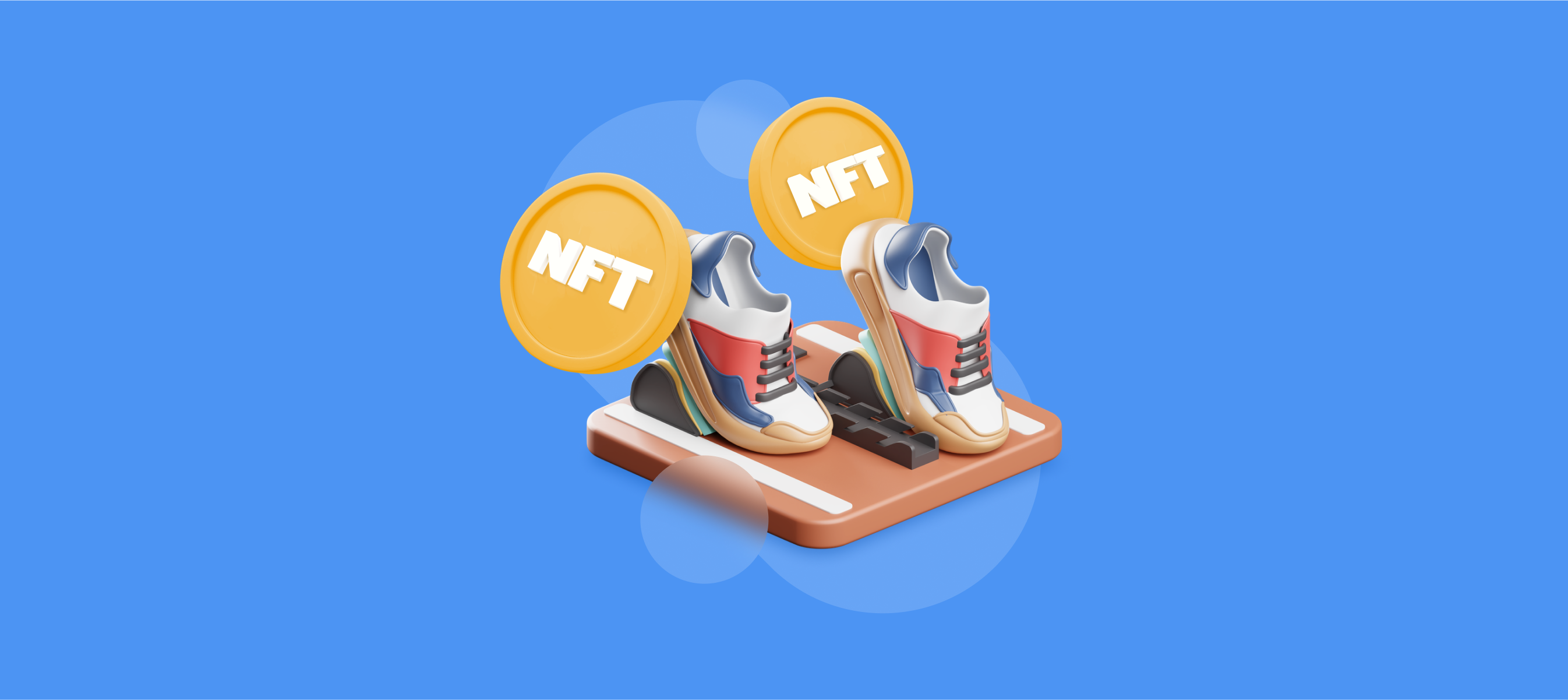Dynamic NFTs Explained

This blog post will cover:
- Static NFTs
- Dynamic NFTs
- Dynamic NFTs: real-world examples
- The final word
NFTs are no longer just purely speculative, illiquid profile picture (PFP) JPEG collections that were highly demanded in recent years. They are transforming into something completely new and progressive, surprising the crypto community and digital art appreciators.
The emergence of the ERC-1155 dynamic NFT standard is representative of a watermark moment for the nascent iteration of NFTs that will enable significantly greater functionality and responsiveness as it opens up to novel use cases.
In this article we will see the difference between static and dynamic tokens and observe the use cases of both types.
Static NFTs
Static NFTs are just a technical term for “traditional” non-fungible tokens whose metadata can no longer be edited once created and deployed on-chain. They also happen to be the prevalent and traded NFT type.
Static NFTs are primarily utilized to digitize physical assets and hold them on the blockchain in a secure, immutable, and incorruptible manner. This kind of tokens is most often used to create:
- Digital art/music collectionsStatic NFTs give content creators a chance to sell their works as non-fungible tokens with unalterable and irreproducible characteristics. Art, music, and PFP projects all fall under this category.
- Digital identity authenticationNFTs can be a part of digital identity verification systems because of their tamper-and-fraud-proof nature.
- Immutable document archivalLikewise, such NFTs make for excellent document storage since they allow for important documents, including educational transcripts, government identification, medical history, and others — with the added benefit of being immutably deployed on-chain.
Dynamic NFTs
Are you ready for the new sensation in the NFT sector? It’s the dynamic NFTs — the next logical iteration of non-fungible technology that enhances the technology’s interactivity and programmability.
They’re responsive NFTs whose properties can evolve depending on outer conditions even as they have been minted and kept on-chain.
Dynamic NFTs support an entirely new form of digital assets whose metadata may evolve over time depending on external factors such as user interactions, changes in data values, and market data, to name a few.
Let’s take a look at the promising use cases for ERC-1155 or “dynamic” NFTs.
- Exclusive game contentDynamic NFTs have a multitude of uses in traditional and blockchain gaming DApps. This includes playable characters and in-game assets whose characteristics or capabilities may evolve over time depending on, for instance, game progress or a player’s interactions. These updated attributes can then be appended to the NFT as necessary.
- Identity/authentication managementSimilarly, dynamic NFTs can be used for authentication and identity management purposes.
- Tokenized assets whose metadata needs to be updated constantlyIn essence, virtually any tokenized asset that needs to be updated persistently can be turned into a dynamic NFT. Oracles that feed real-time data from outside sources enable this capability.
Dynamic NFTs: real-world examples
Dynamic NFTs aren’t some far-off application of non-fungible technology. They have existed for quite some time now. Their roots come right from 2017, when CryptoKitties launched their game allowing people to swap, generate and collect virtual cats in a form of dynamic NFTs. Now, dynamic NFTs are beginning to gain some serious traction in the real and digital world. Check out these examples of ERC-1155 NFTs.
- “Crossroad” by BeepleDigital creator Mike Winkelman aka Beeple (of Everydays static NFT artwork fame), was among the first artists to pioneer dynamic NFTs. Crossroad was created prior to the 2020 US presidential election. It would depict former President Donald Trump after losing the election to current White House occupant, President Joe Biden.
- LaMelo Ball CollectiblesCharlotte Hornets NBA All-Star LaMelo Ball released his own collection of NFTs whose metadata changes based on the stats he puts up during the NBA season.
- Art BlocksArt Blocks is a generative NFT platform and marketplace for creating AI-generated dynamic ERC-1155 NFT art that content creators can freely customize to their whims.
The final word
Dynamic NFTs embody the future of non-fungible technology that possesses an unmatched level of engagement that static NFTs are severely lacking in. They may very well usher in a new era of tokenization across a variety of industries and use cases.
The future is bright, and we’ve only just barely scratched their potential. Every digital creator at the forefront of NFTs will want to keep a close eye on this space to see how this exciting new technology will evolve in the coming years.
If you loved this Blog post and want to know more about NFTs, make sure to read our previous articles: NFTs On Instagram and Why Is Everybody Crazy About NFT Tokens?

